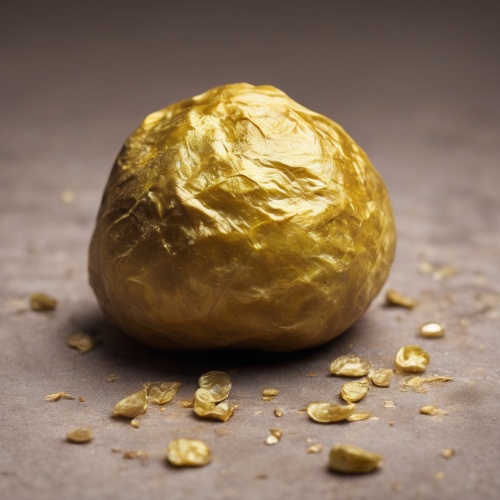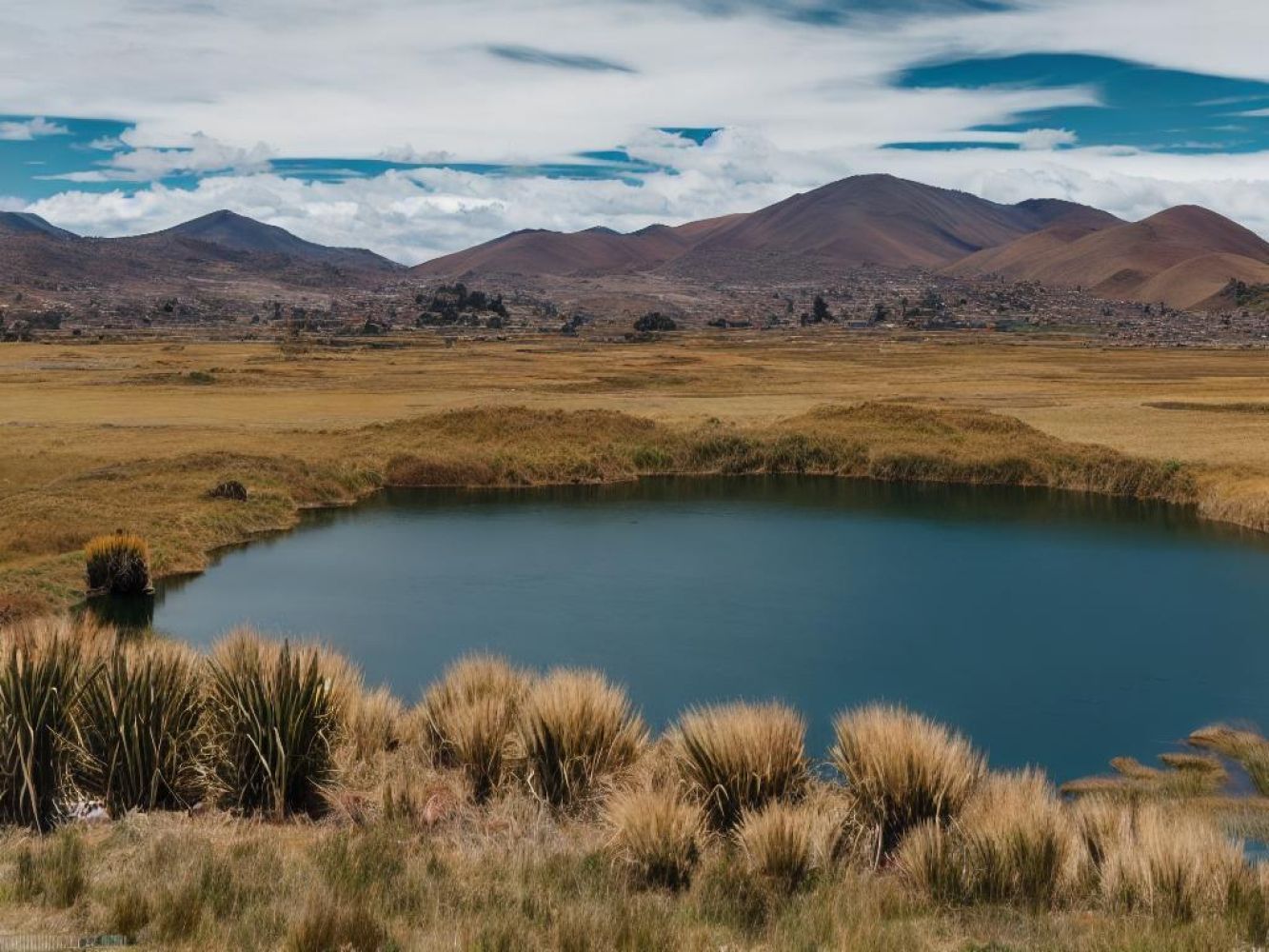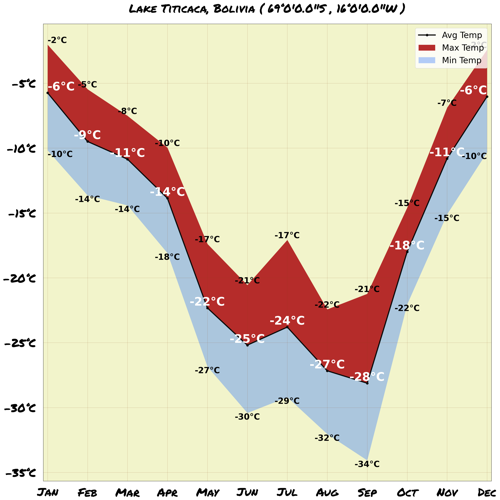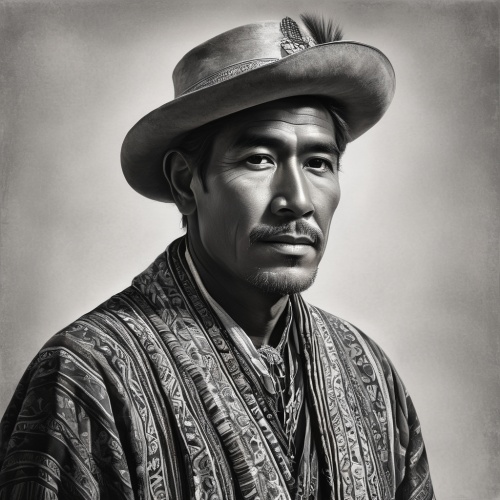Understand
Lake Titicaca, the largest lake in South America, is a stunning natural wonder that spans over 8300 square kilometers. This magnificent lake is situated between Peru and Bolivia, with 60% of its expanse in Peru and 40% in Bolivia. The Tiquina peninsula, which extends from the Peruvian shore, also belongs to Bolivia, adding to the unique beauty of the region. But Lake Titicaca is more than just a captivating body of water. It holds a rich historical and cultural significance as the ancestral land of the Quechuas, Aymaras, Uros, Pacajes, and Puquinas. These ancient civilizations flourished around the lake, creating their independent kingdoms. Although sometimes rivals, their influence eventually caught the attention of the mighty Incas, who conquered the area in the 15th century. Even today, the traditions and rituals of the past live on in the lives of those who inhabit the region. In the city of Puno, located on the shores of Lake Titicaca, ancient customs like offerings to Pachamama (Mother Earth) are still observed, connecting the present with the glorious history of the area. The importance of preserving the natural beauty and biodiversity of Lake Titicaca led to the creation of the Titicaca Reserve in 1978. This reserve safeguards the native flora and fauna, providing a safe haven for 60 species of birds, 14 species of fish, and 18 species of amphibians. Among the notable creatures found here is the giant frog of Titicaca, an extraordinary amphibian that can weigh up to 3 kg. Exploring the Titicaca Reserve is like venturing into a hidden paradise, where nature's wonders never cease to amaze.
Get in
Exciting Travel Routes to Lake Titicaca: - Begin your adventure in the Peruvian town of Puno, a gateway to the mystical Lake Titicaca. - Explore the incredible landscapes and vibrant culture of the region. - For an alternative route, embark on a thrilling journey from La Paz to Copacabana in Bolivia. - Discover the wonders of Lake Titicaca from different angles and immerse yourself in its beauty.
Map & Climate
Popular Foods
 Salteña - Salteñas are Bolivia's most famous sandwich. They consist of a crusty roll filled with a mixture of beef, chicken, hard-boiled eggs, olives, and hot peppers, all drenched in a tangy, spicy sauce made from vinegar, chili peppers, garlic and cumin. The dish originates from the Yungas region but can be found throughout the country.
Salteña - Salteñas are Bolivia's most famous sandwich. They consist of a crusty roll filled with a mixture of beef, chicken, hard-boiled eggs, olives, and hot peppers, all drenched in a tangy, spicy sauce made from vinegar, chili peppers, garlic and cumin. The dish originates from the Yungas region but can be found throughout the country. Ají de Gallina - Aji de gallina is a traditional Bolivian stew made with hen or rooster cooked in a spicy aji pepper sauce, which is a mix of yellow chilies and ají amarillo, both native to South America. The bird is marinated in the sauce before cooking and then served with rice, often accompanied by a side dish of potatoes.
Ají de Gallina - Aji de gallina is a traditional Bolivian stew made with hen or rooster cooked in a spicy aji pepper sauce, which is a mix of yellow chilies and ají amarillo, both native to South America. The bird is marinated in the sauce before cooking and then served with rice, often accompanied by a side dish of potatoes. Chuño – Chuño is dried white potato, a staple food in Bolivia. These potatoes are peeled, sliced, and placed in the sun to dry until they become hard and wrinkled. They can be eaten raw or toasted, often as an accompaniment to soups, stews, or other dishes. Chuño is high in carbohydrates and can be stored for long periods, making it an important food source in the Andean regions.
Chuño – Chuño is dried white potato, a staple food in Bolivia. These potatoes are peeled, sliced, and placed in the sun to dry until they become hard and wrinkled. They can be eaten raw or toasted, often as an accompaniment to soups, stews, or other dishes. Chuño is high in carbohydrates and can be stored for long periods, making it an important food source in the Andean regions.




Comments
NO COMMENTS